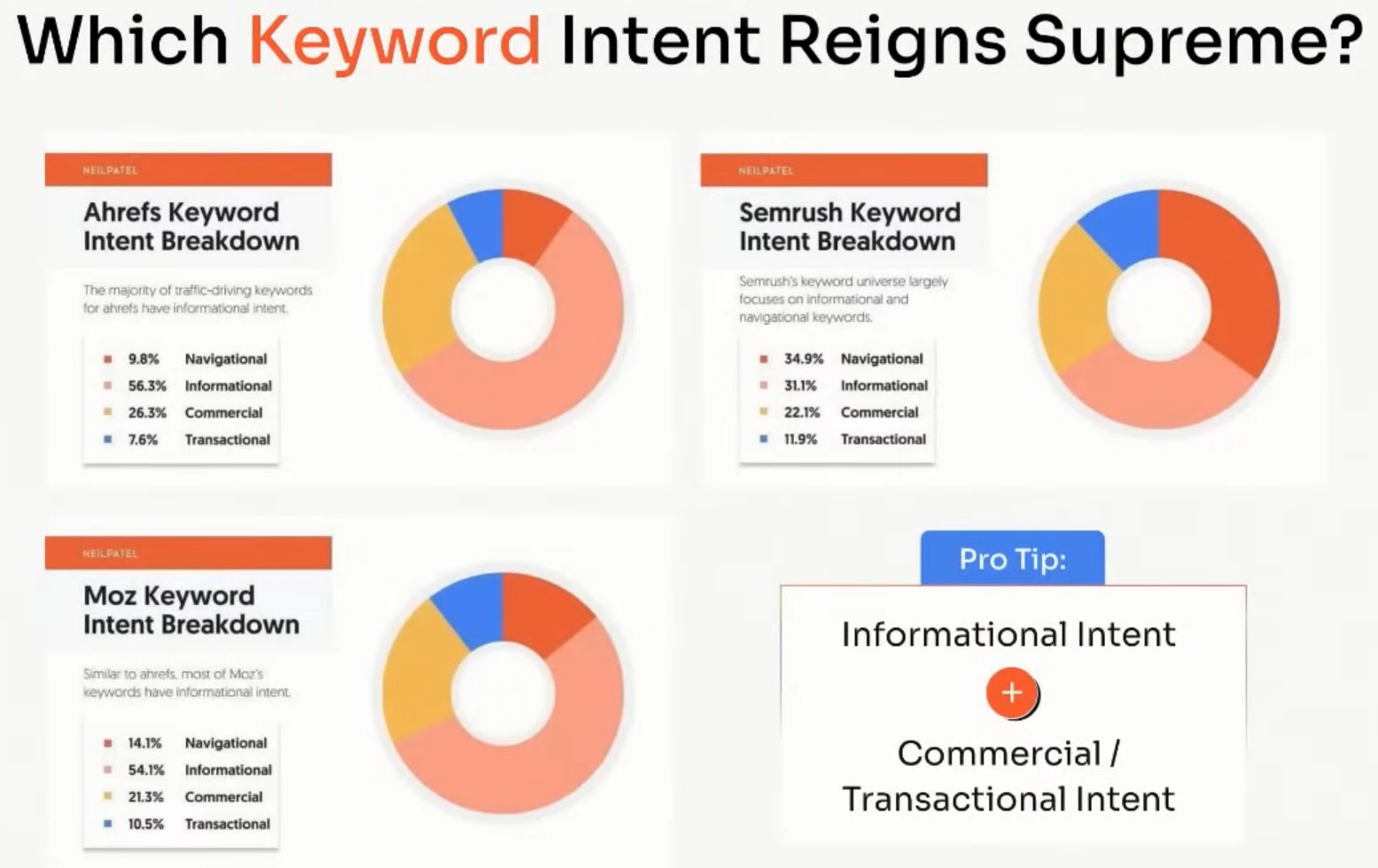If you’ve followed the Magazine Manager blog at all (or seen our software’s recent updates), you’ll know that marketers embracing AI more and more to meet their needs is an interest of mine, justified by ever-increasing usage metrics in each ensuing study.
But last month, in discussing the growing demands marketers face to create content, I referenced a specific Neil Patel webinar which deemed that in a climate where “relying on AI to produce your content is a recipe for mediocrity,” content was no longer king. Rather, the webinar says, it’s amazing content that’s increasingly important.
“Relying on” is one extreme on the utilization-spectrum, just as content-production with little-to-no human involvement is extreme in its own right. Unfortunately, in the context of the demands put upon marketers, those extremes aren’t necessarily rare either. This past week, Patel and a few experts from his NP Digital marketing agency expounded on the topic of content and what search engines might deem amazing in a webinar entitled “New Google Trend: This Will Change The Way You Write Content.”
The webinar looked at both long-held marketing tenets and recent trends, including:
- Whether long-form content is dying. (“It is dead if you consider writing 5,000 words when 2,000 words would have been enough,” says Marcella Merigo, Director of SEO at NP Digital Brazil. “It is dead to create content without strategy, but [what] is not dead [is] writing 5,000 words while delivering value and keeping the reader engaged. You basically have to make the entire piece of content not just a read, but an experience. And this is the real challenge.”)
- The dependence on keyword density and word counts. (“The context that you’re pushing through your articles ends up becoming the focal point, not the keywords that you’re including,” says Luke O’Leary, VP of Media Strategy & Operations at NP Digital UK. “Take a step back. Don’t focus on ‘What amount of words am I trying to write to?’ — it’s ‘Why am I trying to write this content in the first place?’”)
- Aiming for longer-tail keywords and keyword intent. (“When comparing informational intent with the other ones, we can see … that informational intent usually had the higher percentage, so you shouldn’t leave money on the table,” Merigo says. “The pro tip here is to have a good combination and a good balance between informational intent and commercial and transactional intent.”)

(Source: NP Digital)
- Avoiding what could be AI traps. (“Just like longer does not necessarily mean better, nor does faster mean better,” says O’Leary, who shared NP Digital stats that human-written content was out-ranking AI content 94.12% with five times as much traffic. “Those brands that have overleveraged their use of AI have seen massive negative effects on their organic rankings.”)
- The importance of depth, readability, and semantically related keywords. (“Add more images, videos, audio because you need to think that people don’t want only text,” Merigo says. “Now with AI tools, it’s easier to create videos and audio … With Gemini, Google is improving its understanding beyond text, so this is even more important now.”)
Patel addressed not only the hit-or-miss nature of blog articles, but the consequences beyond hitting or missing when posting content on most social media platforms. With 1.1 billion pieces of content published on social media each day, as Patel has calculated, those consequences can’t be understated.
“If you post on Instagram 10 pieces of content that you think are amazing,” Patel says, “but six are crap and they don’t do well and four are really good, the six bad ones affect the reach negatively of the four good ones. … Social networks have changed to a discovery model in which it’s not about your follower count anymore; it’s about how engaging is your content.”
Patel’s formula to “only produce hits” on social media starts with X / Twitter, where bad posts don’t negatively affect the reach of the good ones. For X specifically, Patel had previously broken down ideal lengths (14-21 words for motivational, 9-35 words for entertainment, and 173 words for educational) and posting frequency (at least three times a day).
Using Tweet Hunter to see what’s currently popular on X, Patel will then post at least twice per day on the platform, see what post gets the most engagement and performs best with the most views and comments, and record himself reading that post line-for-line to create a short-form video, which he’ll then post elsewhere. “You’ll find that your most popular X posts typically perform good on the other social networks,” says Patel, who estimates his social views and engagement have gone up by 40% using this method.
Taking the formula a few steps further, Patel then turns the “winner of the blog post” into a monthly webinar, which become bankable events that attract leads; the webinar in which he gave this advice had “already closed two deals” before airing, according to Patel.
Neither amazing SEO-friendly content nor engaging social-media-tested content have ever been accomplishments made with the snap of your fingers. But with evolving marketing guidance, reasonable approaches to what humans can do with the many tools at their disposal, and a commitment to the work involved, there’s increasing optimism for all that publishers put into attracting and engaging an audience.
SEE FOR YOURSELF
The Magazine Manager is a web-based CRM solution designed to help digital and print publishers manage sales, production, and marketing in a centralized platform.




